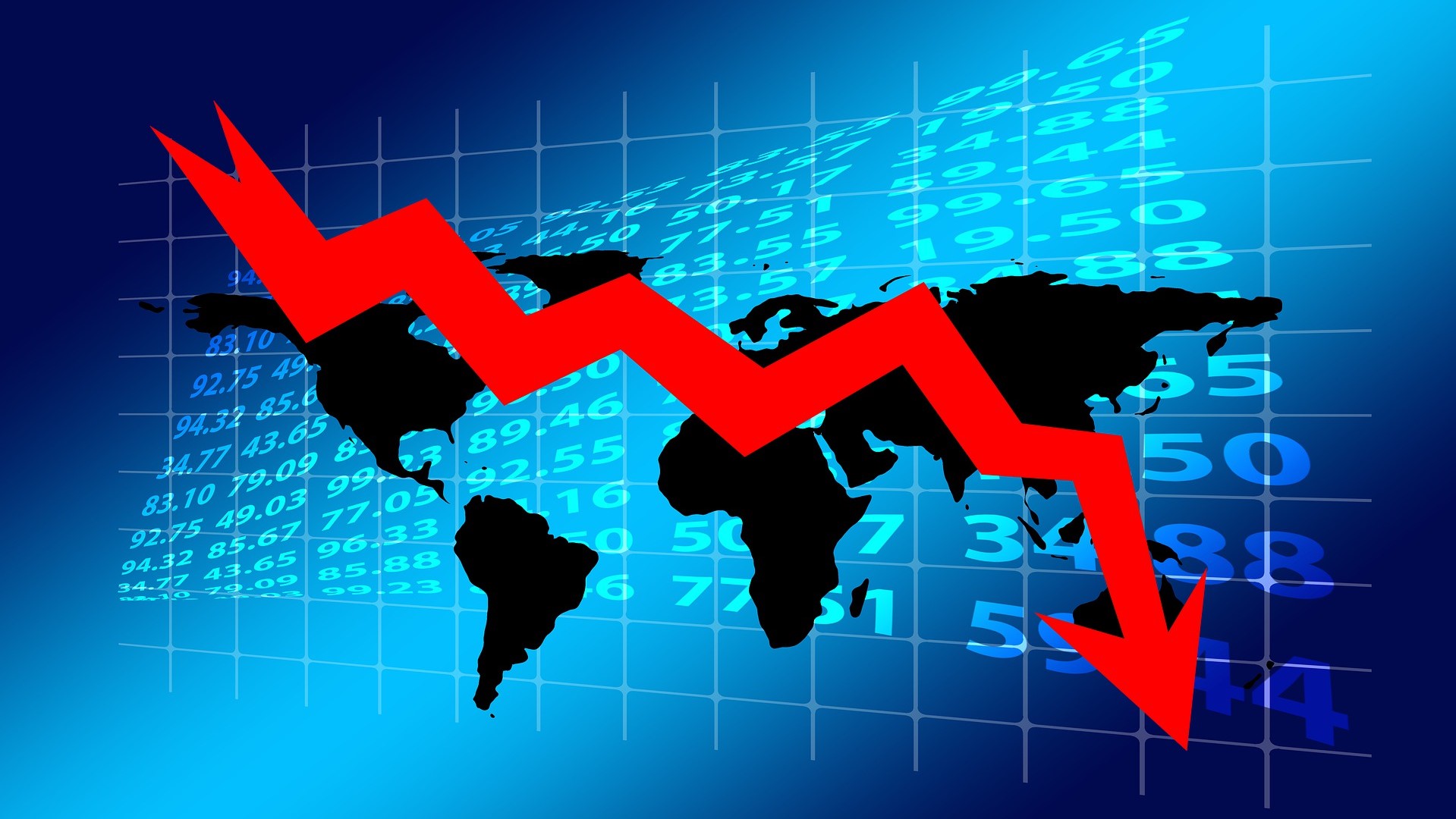Listen the Article:
The world faces a downturn in 2023 higher getting costs pointed toward handling expansion make various economies contract, as per the Middle for Financial matters and Business Exploration.
According to the British consultancy’s annual World Economic League Table, the global economy reached $100 trillion for the first time in 2022 but will stall in 2023 as policymakers continue their fight against rising prices.

Kay Daniel Neufeld, CEBR director and head of forecasting, stated, “It’s likely that the world economy will face recession next year as a result of the rises in interest rates in response to higher inflation.”
“The battle against inflation is not yet won,” the report added. Despite the costs to the economy, we anticipate that central bankers will stick to their guns in 2023. A worse outlook for growth in the coming years is the price of lowering inflation to more manageable levels.
Contrary to the most recent forecast from the International Monetary Fund, the findings are more pessimistic. In October, that organization issued a warning that it defines as a global recession a GDP growth of less than 2% in 2023 and that more than a third of the world’s economy will shrink.
Nonetheless, as developing economies catch up to developed ones, global GDP will have doubled by 2037. By 2037, the East Asian and Pacific region will control more than a third of global output, while Europe’s share will be less than a fifth due to the shifting power balance.

The CEBR takes its base information from the IMF’s Reality Financial Viewpoint and utilizations an inner model to conjecture development, expansion and trade rates.
Six years later than anticipated, China is not expected to surpass the US as the world’s largest economy until at least 2036. This is due to China’s zero COVID policy and growing trade tensions with the West, both of which have slowed the country’s expansion.
In the league table from the previous year, CEBR pushed back the switch from 2028 to 2030. It now believes that the cross-over point will not occur until 2036, and if Beijing attempts to take control of Taiwan and faces retaliatory trade sanctions, it may occur even later.

“Economic warfare between China and the West would result in far more severe consequences than Russia’s attack on Ukraine. The CEBR stated, “There would almost certainly be a very sharp global recession and a resurgence of inflation.”
“However, the damage to China would be much greater, and this could effectively derail any effort to lead the global economy.”
Additionally, it predicted:
India will be the third largest $10 trillion economy in the world by 2032, while the United Kingdom will continue to be the sixth largest economy in the world and France will remain the seventh largest over the next 15 years. However, “an absence of growth oriented policies and the lack of a clear vision of its role outside of the European Union” means that Britain is no longer expected to grow faster than its European peers.
The global economy is a long way from the $80,000 per capita GDP level at which carbon emissions decouple from growth, which means that additional policy interventions are required to reach the target of limiting global warming to just 1.5 degrees above pre-industrial levels. As a result, emerging economies with natural resources will receive a “substantial boost.”



